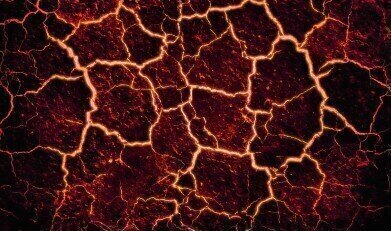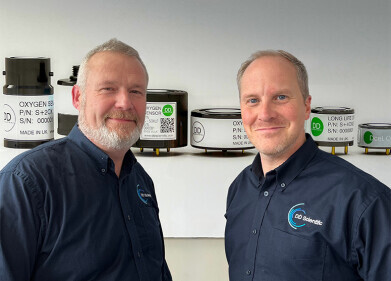Business News
Renewable Energy: Does Geothermal Drilling Cause Earthquakes?
Mar 13 2020
With global warming an ever hotter topic on the agenda of governments around the globe, achieving greenhouse gas emissions trends by transitioning away from fossil fuels has become a key area of focus. Traditional renewables such as solar, wind and wave power have comprised one strategy to address the issue, but their intermittency and unscalability makes them inadequate to replace oil, coal and gas entirely.
Geothermal energy is another form of renewable energy which has been in use for over a century and currently comprises part of the energy portfolio of at least 20 countries around the world. However, growing interest in the industry in recent years has led to greater scrutiny of its potential side-effects, with some commentators speculating that drilling into the Earth’s crust at such depths could cause seismic activity that could manifest itself in the form of earthquakes. In a bid to address that concern, a team of researchers tested the theory at Larderello geothermal plant in northern Italy.
How does geothermal drilling work?
Harvesting geothermal energy involves accessing high-pressure fluids and gases from reservoirs deep underground. After being extracted to the surface, these substances are used to power turbines which create electricity, before being injected back into the Earth’s crust once more. Normally, the process requires drilling down to depths of around 3,000m, where supercritical fluids (those which do not exist in a singular state of solid, liquid or gas) can be found.
However, the scientific community does not yet fully understand the stability of the Earth at such profound depths. Just as the UK's government's pursuit of shale gas via hydraulic fracturing (or fracking) was disparaged for its potential to cause earthquakes, so too are critics concerned that geothermal energy could precipitate similar seismic events.
Safe after all?
In order to investigate the effects of geothermal drilling, the team of collaborative researchers from universities all across Europe set up eight monitoring stations in the vicinity of the Venelle 2 well at Larderello. They took readings on a daily basis for six months between June 2017 and January 2018, as the well was plumbed to a depth of 2,750m. Over the entire period of study, it was observed that on average, two seismic events occurred each day. These events were categorised as Class 1 (serious earthquake activity) or Class 2 (minor tremors).
The team found that while Class 2 disturbances could be directly linked to the drilling, there was no correlation between Class 1 incidents and the geothermal activity. Indeed, even on the days on which the well reached its lowest points and seismic events peaked at 14 in one single 24-hour period, none of them were of a magnitude that should cause concern. As a result, the team’s report recommends that geothermal energy could be safely pursued without incurring the risk of major earthquakes.
Digital Edition
IET 34.2 March 2024
April 2024
Gas Detection - Biogas batch fermentation system for laboratory use with automatic gas analysis in real time Water/Wastewater - Upcycling sensors for sustainable nature management - Prist...
View all digital editions
Events
Apr 22 2024 Hannover, Germany
Apr 22 2024 Marrakech, Morroco
Apr 23 2024 Kuala Lumpur, Malaysia
Apr 23 2024 Kintex, South Korea
Apr 23 2024 Edmonton, AB, Canada



















